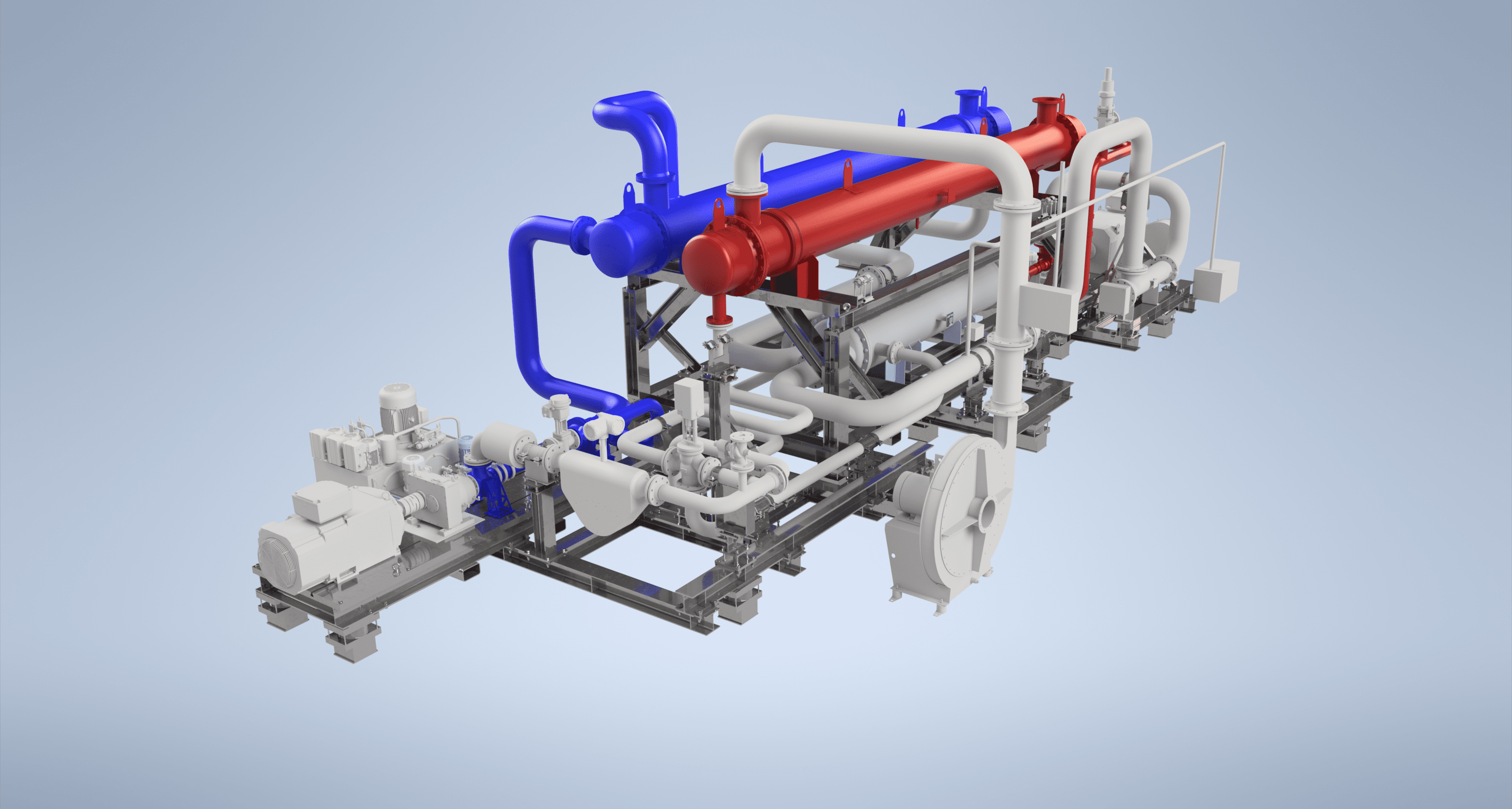High Temperature Heat Pumps
Electrifying industrial process heat to enable decarbonization in industry

High-Temperature Heat Pumps: Powering the Future
In the age where sustainable solutions and energy efficiency dominate the global dialogue, there’s a game-changer that’s quietly revolutionizing the way we think about heating (both space and industrial process): high-temperature heat pumps.
Most of us are familiar with traditional heat pumps, which play a pivotal role in warming our homes during chilly winters and cooling them during scorching summers. However, high-temperature heat pumps are the evolved cousins (kind of a second Pokemon evolution) of these familiar machines, specifically engineered to operate efficiently at much higher temperature levels. These are not just about staying comfortable in our homes; they open doors to numerous industrial applications, from drying processes in the food industry to heat-intensive operations in the chemical sector.
What makes these devices truly fascinating is their ability to convert low-grade waste heat into high-grade useful heat. In a world striving to reduce its carbon footprint, the potential of high-temperature heat pumps to repurpose waste heat can’t be stressed enough. Imagine a future where industries don’t just cut down on their waste but turn it into an asset. That’s the promise of high-temperature heat pumps, a key enabling technology for decarbonization of industry.
Motivation
The worldwide ambitions to decrease the greenhouse gas emissions require a considerable reduction of fossil-fuel based heat supply for industrial processes. In 2015 European process heating and cooling accounted for approximately 50 % of the final energy consumption of the industry. Electrically driven heat pumps are a promising technology for increasing system efficiencies and decreasing GHG emissions, using potentially emission free electricity.
However, the commercially available heat pumps are limited to supply temperatures below 100 °C, while the availability of systems capable of higher supply temperatures is limited. The European statistics shows that 67 % of the demand between 100 °C and 200 °C was directly covered by fossil fuels. From this, a considerable application potential for industrial heat pumps and the associated emission reductions can be derived for the range between 100 °C and 200 °C. High-temperature heat pumps are expected to have the most promising performance in terms of levelized cost of heat in a variety of applications. Extending the range of application to supply temperatures of up to 200 °C would allow high-temperature heat pumps to cover 37 % of the entire process heat demand of the European industry. (source https://heatpumpingtechnologies.org/annex58/)
My involvement
Within my fellowship at Purdue University, Ray W. Herrick Lab, I am working as a member of DOE funded CoolScrew project together with ORNL, NIST, Trane Technologies, Shrieve Chemical Company and Chemours. We are developing “the world’s hottest heat pump” - a proof of concept vapour compression unit achieving 200°C sink temperatures. I provide thermodynamic modelling in Python, screeening of working fluids and simulations on various cycle architectures.